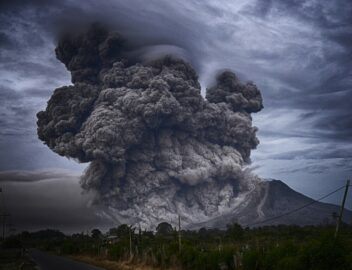Fail to Plan and You Plan to Fail
As an outdoor survivalist and doomsday prepper, ensuring the safety of your loved ones in the event of a disaster is paramount. Creating a comprehensive disaster plan can help minimize both physical and financial impacts. I personally have more than one plan written, and I practice them when time permits. When things go sideways, the time is never optimal. You or your family won’t be same place or in the same vehicle when s#!t hits the fan. Having a contingency plan can save lives and help lower the stress of the chaos around you. Here are essential considerations and steps to take when making a disaster plan for your family.
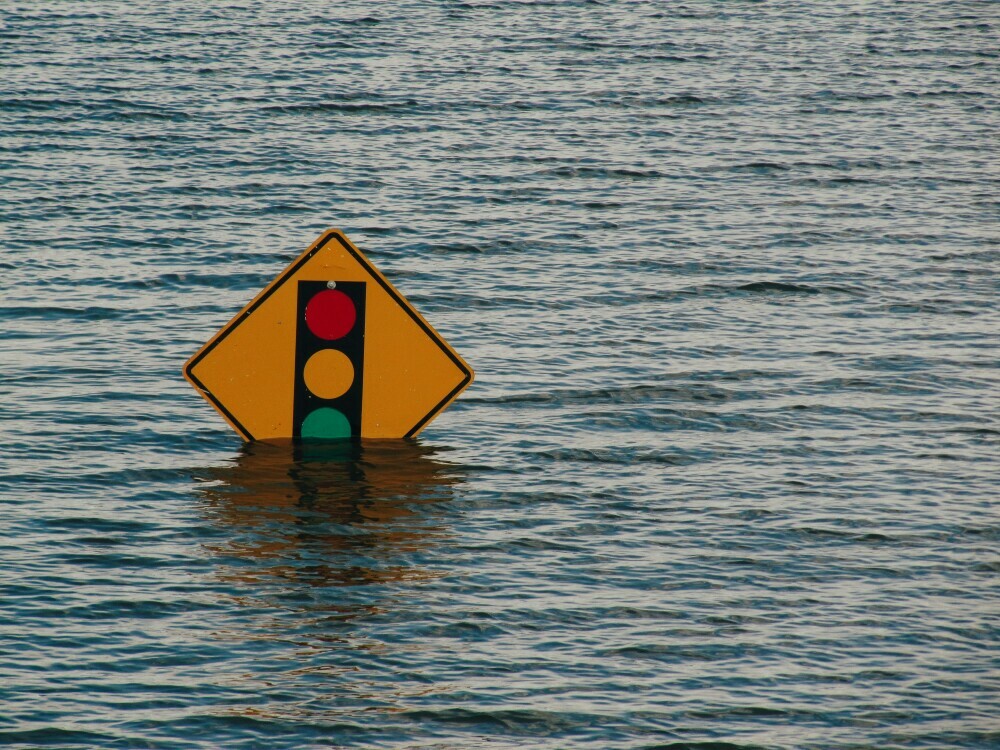
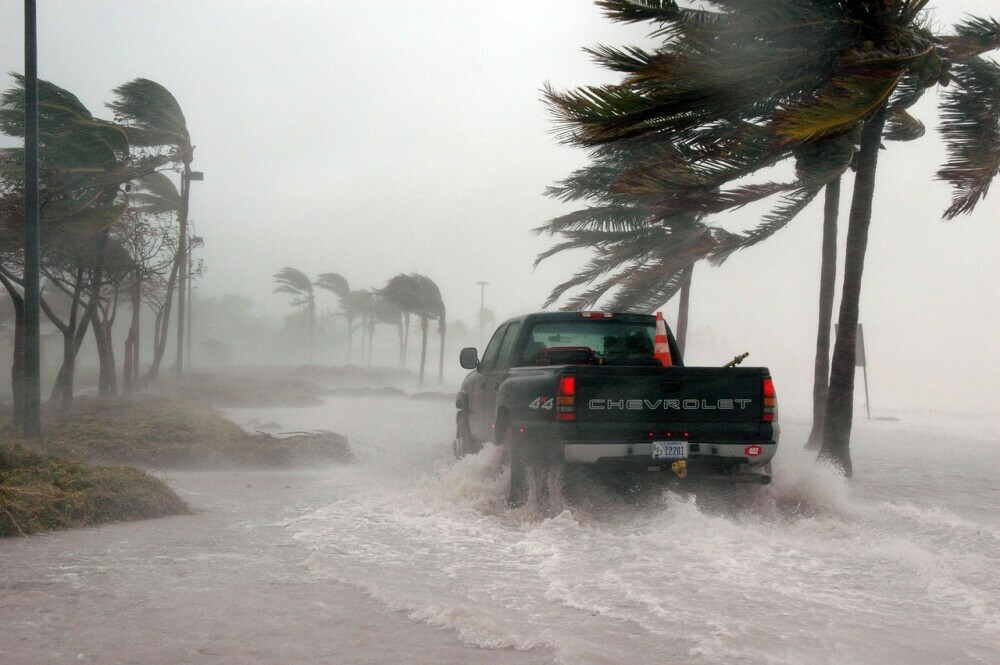
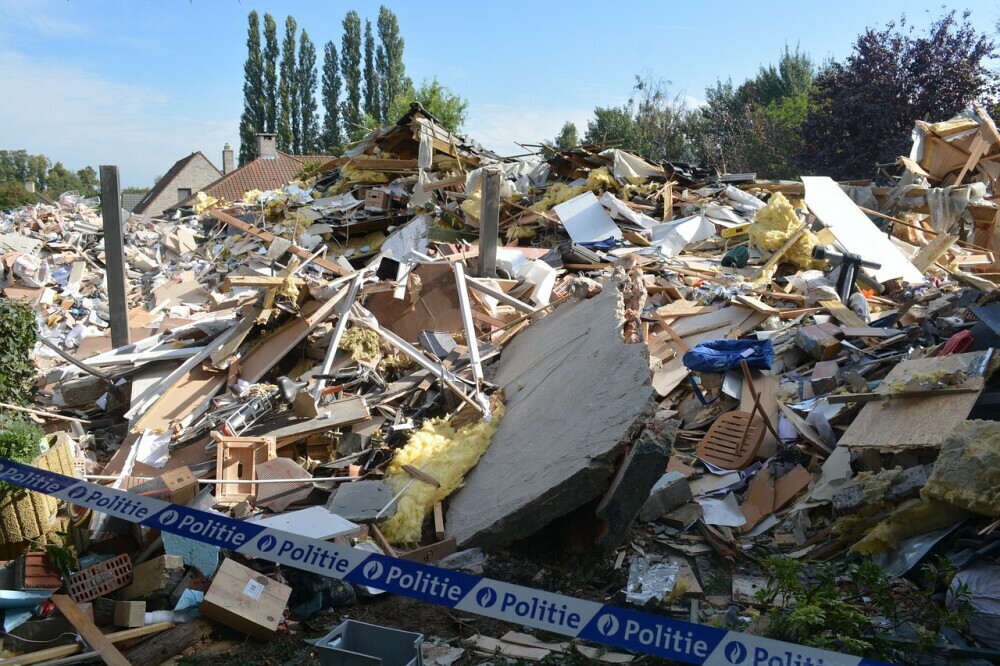
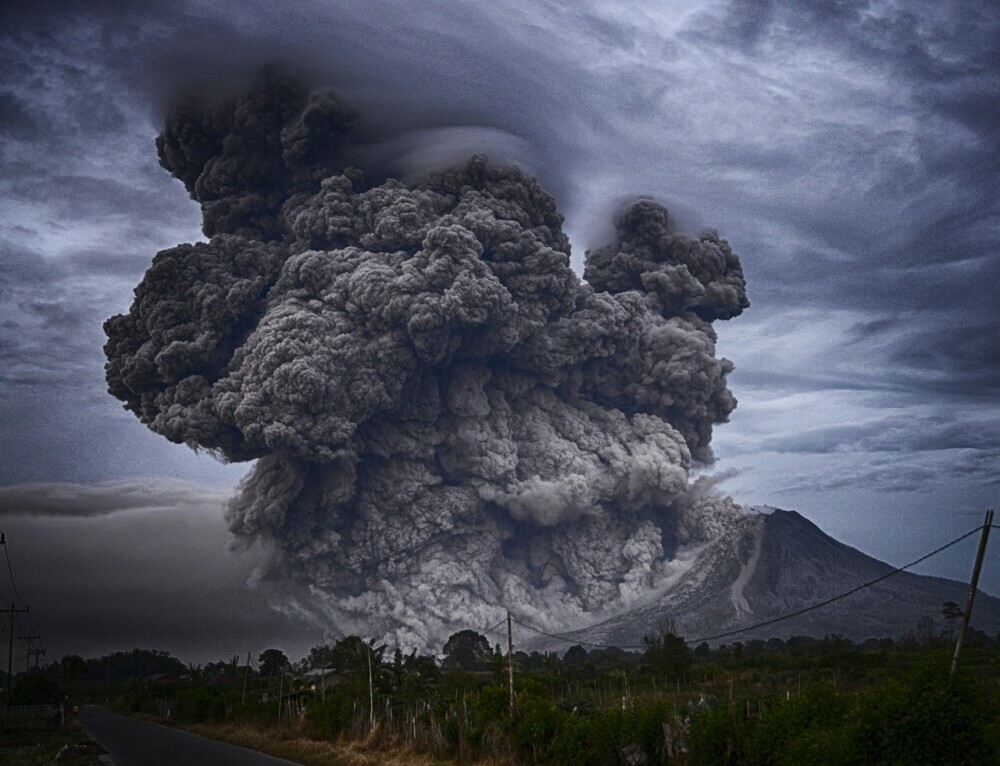
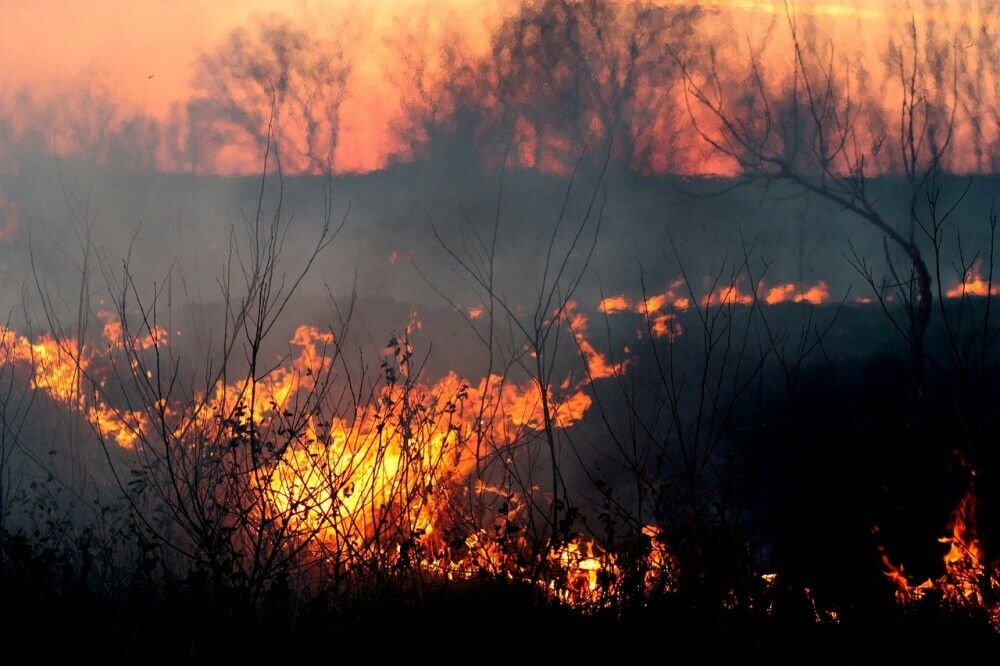

Disasters come in many forms. Preparing for them all may not be necessary, but having a plan for something will keep you and your family safer than not having a plan at all.
Ensure Safety of Loved Ones
Focus on Safety and Minimize Financial Impact: The primary goal of any disaster plan is to ensure the safety of your family. Additionally, a well-thought-out plan can help reduce the financial strain of a disaster.
Consider Unique Circumstances
Layout of Home, Ages, Mobility, Communication Channels: Every family is different, so tailor your plan to fit your unique circumstances. Consider the layout of your home, the ages and mobility of family members, and how you’ll communicate during an emergency.
Basic Checklist
Know Your Surroundings & Create a Supply Kit: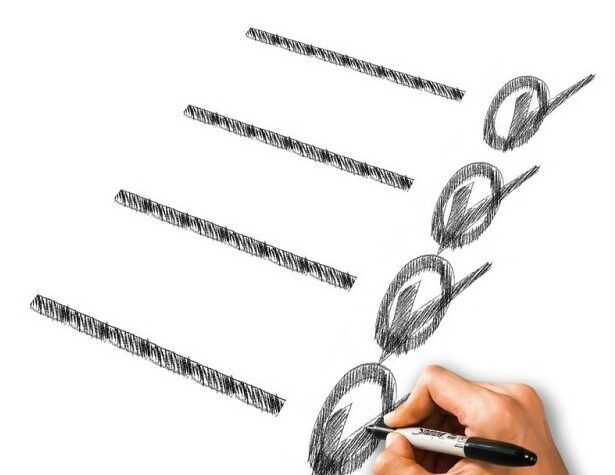
Prepare for at least three days to two weeks.
Use easy-to-carry containers like backpacks or duffle bags.
Keep a smaller version in your car.
Visit Ready.gov for a list of suggested items.
Know What Emergencies are Most Likely to Happen in Your Area:
Include weather-related (flood, tornado, hurricane) and man-made risks.
Consult your local American Red Cross or emergency management agency for information.
Identify Potential Risks in Your Home:
Annually inspect for risks like blocked exits, old appliances, and leaning trees.
Monitor for warning signs of dangerous situations.
Know Your Utilities:
Learn to turn water, gas, and electric off and on.
Keep emergency numbers and landlord contact accessible.
Check smoke alarms, carbon monoxide detectors, and fire extinguishers monthly; change batteries as needed.
Identify Your Shelter Plan:
Determine safe places for different emergencies (e.g., flood vs. tornado vs. fire).
Make an Evacuation Plan:
Ensure everyone knows where to go.
Practice fire and emergency evacuation drills twice a year.
Decide in advance what to take if you can pack only one suitcase or carload.
Put Together an Emergency Communication Plan:
Designate a contact for sharing important information.
Have a backup contact if you are unreachable.
Assign Responsibilities:
Assign tasks like caring for pets or handling important documents.
Plan for changes if someone responsible isn’t home.
Create a Plan for Special Needs:
Include information on needs, medications, and backup equipment in your supply kit.
Register with local emergency services if necessary.
Post Emergency Phone Numbers in an Open and Obvious Place:
Ensure everyone can reach family and friends.
Consider a designated contact to notify others.
Know Your Evacuation Routes and Designate a Meet-up Location:
Plan where to regroup if phones are down.
Listen to warnings from emergency response teams and avoid unsafe areas.
Prepare for Stress:
Recognize stress is inevitable during and after a disaster.
Practice coping skills to better handle stress.
In conclusion, taking the time to create and regularly practice a comprehensive disaster plan is crucial for protecting your loved ones in the face of unexpected emergencies. By focusing on safety, minimizing financial impacts, and tailoring your plan to the unique needs of your family, you can significantly reduce the chaos and stress that accompany disaster situations. Remember, preparedness is key—being ready for when things go sideways ensures that you and your family have the best chance of staying safe and secure, no matter what challenges arise.
*A safe meal plan for a disaster is crucial. Check out Ready Hour Emergency Meals for the perfect meal kits.
** Here’s a little transparency. Our website contains affiliate links. This means if you click and purchase, we may receive a small commission. Don’t worry, there’s no extra cost to you. It is a simple way you can help support our mission to bring you quality content. **
(As an Amazon Associate, I earn from qualifying purchases)

